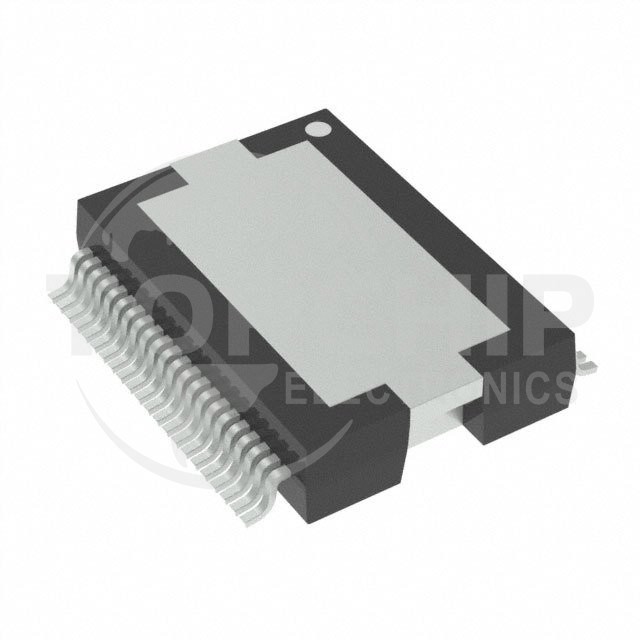Operational amplifiers are electronic amplifiers that can amplify weak differential voltage signals. They are widely used in analog circuits, such as in sensor interfaces, signal conditioning, feedback loops, and signal filtering, among others.
Below are some key points on the history and future development of operational amplifiers:
1. History: The first commercially available op-amp was introduced in 1963, namely the μA702 produced by Fairchild Semiconductor. It was developed by a team led by Bob Widlar and Bob Ross. Since then, operational amplifiers have continuously evolved and have become one of the indispensable components in electronic design.
2. Technological Advancements: With the progress in semiconductor technology, the performance and functionality of operational amplifiers have been greatly improved. For example, early op-amps had bandwidths in the range of kHz and input bias voltages at the microvolt level, while modern op-amps can have bandwidths up to several GHz and input bias voltages in the sub-microvolt range.

3. Integration: With the advancement of integrated circuit technology, today's operational amplifiers have become highly integrated chips, even with communication capabilities. For instance, modern op-amps can include wireless transceivers, microcontrollers, and digital signal processors, among other components.
4. Future Developments: Future operational amplifiers may lean towards digitalization and integrate more functionalities into a single chip, such as machine learning, artificial intelligence, high-speed digital signal processing, and communication capabilities.
In conclusion, operational amplifiers are one of the essential components in analog circuits, and the history and future developments of op-amps demonstrate the continuous progress and innovation in electronics technology.

